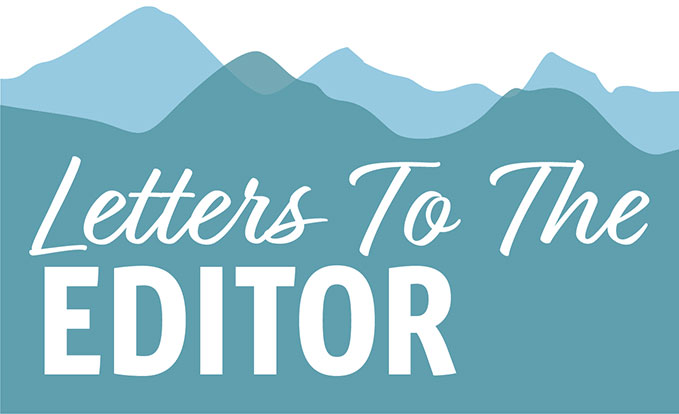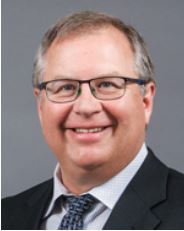I understand some of your work in this show was made in your home landscape of Alberta? What was that like?
This summer, I went back to Alberta, the province where I was born, for a self-directed residency on a friend’s horse farm 10 minutes outside of Turner Valley. There was a perfect little shack on the property, and with some drywalling, I managed to convert it into a studio space that turned out to be very productive. The ranch is situated in the foothills of Western Canada, where the sky and land are enormous, and you can see for 100 kilometers to the mountains. You basically have a 360 degree view. It’s also ranching land. I saw lots of deer, cows and horses, a moose, bears, and heard coyotes howling from my studio at night. I was there for the last two and half months, immersing myself in this landscape, a place that has always affected my work.
How do you feel like this landscape in particular affected the work in this show?
For me this geography is very powerful. I grew up going almost every weekend to the mountains. In the winters I used to cross country ski competitively as a teenager, and then in the summers I would go hiking and canoeing with my family and friends. The landscape imprinted itself on me. I can’t say exactly how going back “home” after being gone for so long influenced these works, but there’s a charged aspect, something of an emotional attachment that I’ve been trying to bring into my work, as opposed to coming at it from an intellectual or cerebral point. Everything expanded. The marks became looser, and bigger, and the surface area of the pieces increased. So now the paintings are more of an immersion, as opposed to acting as symbols.
What are you interested in as an artist?
I’m interested in the joy and also the difficulties of life, and think a lot about how to navigate these experiences in a body: emotionally, psychologically and spiritually. What happens when you move inward versus outward, and how far can those expanses go? How does one find hope? How can one expand moments of time, and how does attention play into this? There are always things on the peripheries of our attention, which are actually very important and are clues to other pathways and developments. So I think it matters what you give your attention to. I feel like a lot of the richness in life is not what our culture pays attention to.
How did you choose the title of this show, “Soft Signs?”
I’ve been working a lot with signage and everyday symbols like arrows, dashes, and other types of marks. Instead of using them as pointers to something very practical, like a “Turn right” signal, I’ve been working with how those symbols can be used to speak to this inner navigation that I am interested in. The “soft” comes from the fact that these inner conversations are never direct. They’re quiet and they’re subtle, and for myself, it’s about trying to pay attention to subtleties, and having a conversation with things that are not as obvious. It’s in a gentle, quiet space where I have found solace, a space that contains possibilities.
What inspired these works?
Going back home to where I was born inspired me, as there was this reunion with the past. I went hiking every weekend in Kananaskis and Banff, and immersed myself in this landscape that I have missed for a very long time. The quality of the air, the smell of the woods, the softness of the ground, the clarity of the rivers, and the power of the mountains are qualities that don’t exist in large cities. These also cannot be so easily quantified and are often overlooked in terms of their importance. However, having lived in New York and Toronto for the last 13 years, I can say that this landscape is extremely valuable and I hope we take note of this for future generations. Being there I felt free to try things out and to push myself in a different direction.
What do you hope people will experience when they visit your show at the gallery?
I hope people will have an experience of space, an experience of themselves in a larger context, and hopefully a sense of expansion.
Artist Statement:
For the last year few years my work has focused on the theme of perception, orientation and navigation. Using symbols from our everyday lives such as arrows, road dashes and other two- dimensional pictographic shapes, my paintings and drawings point to an inner landscape, to spaces and experiences that are subliminal, quiet yet powerful.
These pieces have been influenced by the enormity of the sky, the rolling expansive foothills and the humbling and peaceful presence of the Rocky Mountains. For the last three months I have been immersed in this landscape, creating work and exploring the terrain. I am interested in creating a visceral experience of space, direction, and elemental energy which this geography holds for me. Rather than being fixed and directive, the work aims to instigate questions, investigate possibilities and hold paradoxes
Artist Bio
Anna-Sophia Vukovich (b. Calgary, AB) received a BFA from the Nova Scotia College of Art and Design University in 2008, and an MFA from Rutgers Mason Gross School of the Arts in 2016. She has participated in solo and group exhibitions in Canada and the United States. Anna-Sophia has been awarded residencies at Byrdcliffe Artist Colony (2019), Edward F. Albee Foundation (2018), Wassaic Project (2017), Vermont Studio Centre (2016), and the Banff Centre for the Arts (2013). Art publications include “Lookie Lookie/ Ten painters on Doubt,” “Studio Visit,” “Friend of the Artist” and “Anti-Architecture”, a collaborative zine with Kara Walker. She has won several scholarships, including a Toronto Arts Council Visual Art Grant, a Diney Goldsmith Fellowship Award and a professional development award from the Joseph and Anni Albers Foundation. Since 2016 Anna-Sophia has been living and making work in Harlem, New York and has also served as a part-time adjunct instructor at Rutgers University
Interview with Carey Wallace, Writer


























